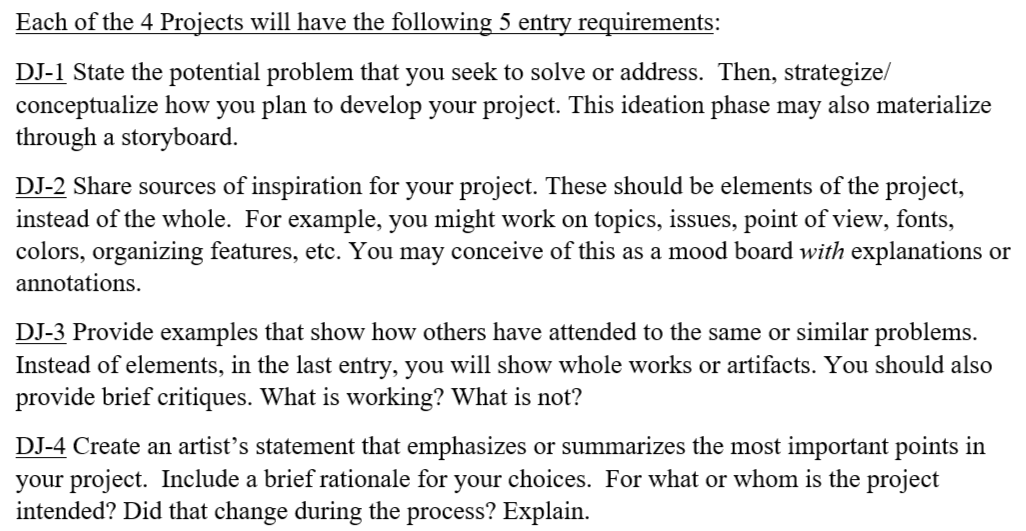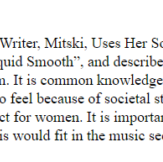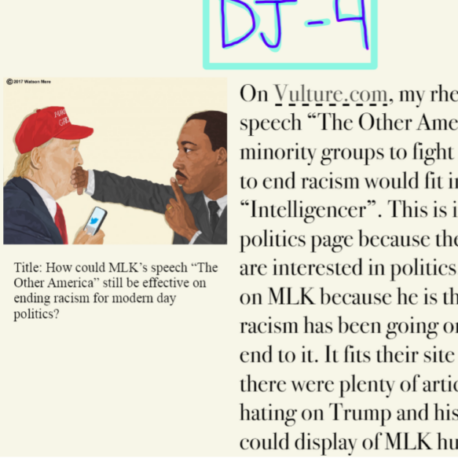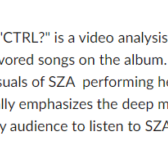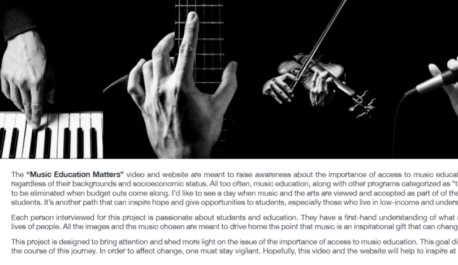
design journal 4 (dj-4)
test
Project 1– “Making a Thing” asked students to identify a problem or issue of their choosing, not assigned by the instructor. Then, they were to develop an original artifact that attended to the problem or issue address fellow peers in our classroom.
Being the students first attempt to craft an artist’s statement, and likely the first time they had ever heard the term, the directions were basic and provided a sample (see screenshot sequence below). The objective of Project 1 was for the student to interrogate an issue or problem through a project situated to perform a task. How would the student decide to enter into a larger conversation through a medium that would reach an audience? In DJ-4 the student would articulate these intentions.
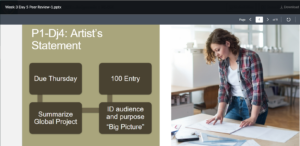
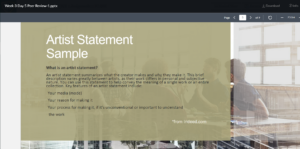
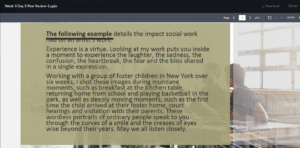
Project 2– “Pulling a Thing Apart” asked students to break an existing artifact down to a set of features or components for rhetorical analysis. The subject matter could depart from the content of Project 1.
Because students were performing a rhetorical analysis, I wanted them to recognize that the same writerly moves are made in critical writing like reviews, critiques, and opinion pieces. Furthermore, I was interested in teaching students to think about the circulation of texts and the business of publication. Although hypothetical, it provided students with a target audience and encouraged them to recognize the value of their writing efforts. The rhetorical analysis was the most difficult project to situate in a public space, so I challenged the students in writing a pitch to Vulture.com. The pitch would do much the same work as an artist’ statement: summarize their purpose and describe the project.
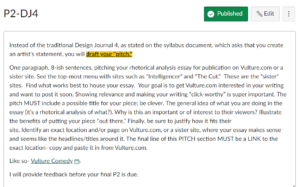
Project 3– “Discussing Things” asked students to resituate the kind of work they had done previously in Projects 1 and 2 by creating a new artifact that performed an argumentative function in a public space. Students were expected to employ some of the rhetorical strategies analyzed in Project 2 by other producers.
Having had some practice pitching previous projects, writing an artist’s statements, for Project 3 was less problematic. The students had a number of options for developing an argumentative artifact for Project 3. Students an argument in the form of a.) a written essay b.) a script for a debate between two individuals (online or in-person) and audio-recorded or c.) a narrative of a public meeting using dialogue structure. So, having already determined these elements students were ready to summarize their project with the necessary details. How would this argument impact the larger conversation? What information did it include and how was it intended to affect the opposing side or unintended audiences?
Project 4– “Putting a Thing Back Together, Better” asked students to return to their work in project 1 equipped with a fresh set of knowledge, tools, and inspiration. They had to redesign their Project 1 by choosing a new modality and new target audience for the redesigned artifact.
The class ran out of time and was unable to complete Design Journal 4 during Project 4. However, had students done this task, the artist’s statement would have focused on the intentions of the redesign. The statement would very clearly reflect on the modality that students chose in the original and then how the new modality in Project 4 aptly addressed a “new,” broader target audience.
